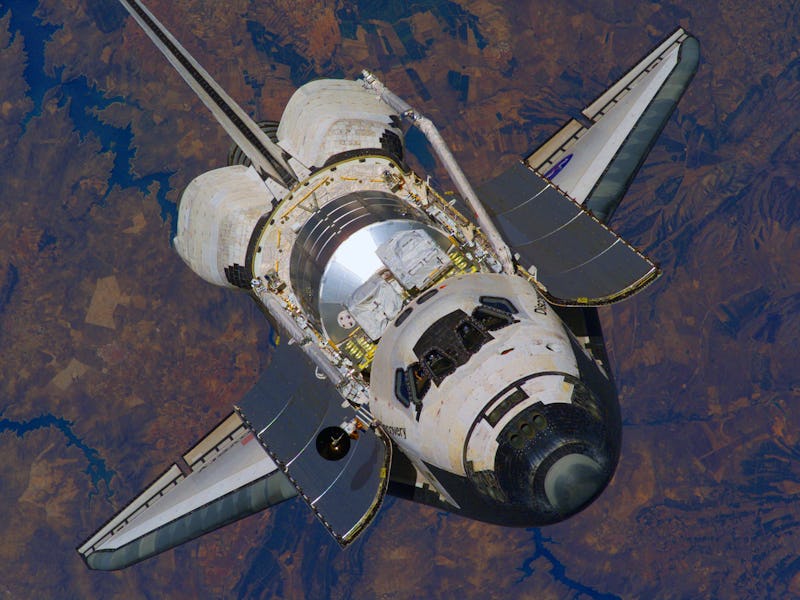"Most Wear-Resistant Metal Alloy in the World" Developed in New Mexico
It's 100 times more durable than high-strength steel.

As a species that’s made gold leaf desserts and pressed chart-topping records from platinum, you’d think we’ve done it all with these metals. Evidently, no. Together they make a powerful wear-resistant surface.
Flush with tens of millions of dollars from the U.S. Department of Energy’s National Nuclear Security Administration, researchers at Sandia National Laboratories in Albuquerque, New Mexico have crafted a 90-percent platinum, 10-percent gold metal alloy that approaches the wear-resistance of diamonds and sapphire — which along with Carbonado (black diamond) constitute some of nature’s most wear-resistant materials. It’s 100 times more durable than high-strength steel. The researchers say if a car had tires made of this material, one could skid around the Earth 500 times before wearing down the tread.
The results of these tests were published in the journal Advanced Materials this June and scientists publicized their efforts last week to the media.
Sandia National Laboratories materials scientists Michael Chandross (left) and Nicolas Argibay with one of their metal alloy computer simulations and the ultrahigh vacuum tribometer that they use to conduct their friction and wear tests.
A key insight behind this new platinum-gold alloy comes from research on the surprising heat-resistance of gold explored by various groups at MIT and the University of Toronto, among other research institutions.
The researchers theorized that when it comes to toughness of a metal, it’s how it reacts to intense heat, not its hardness.
“Many traditional alloys were developed to increase the strength of a material by reducing grain size,” said John Curry, a postdoctoral appointee at Sandia and first author on the paper, in a statement. “Even still, in the presence of extreme stresses and temperatures many alloys will coarsen or soften, especially under fatigue. We saw that with our platinum-gold alloy the mechanical and thermal stability is excellent, and we did not see much change to the microstructure over immensely long periods of cyclic stress during sliding.”
To confirm the gold-platinum alloy’s heat and friction resistance, the Sandia team subjected it to a rigorous cycle of annealing: a heating process used in metallurgy to alter a material’s properties. In an ultrahigh vacuum, the alloy was exposed to 500-degree-Celsius heats for a day, and then abused in a variety of friction and wear experiments. The tiny, individual grains of the gold-metal alloy did not budge — there was no evidence that they melted into each other forming larger nanocrystalline grains, or broke apart into smaller grains or changed their basic structure at all.
The gold-platinum alloy (Pt-Au, or red region of the right graph) approached the same low specific-wear rates and friction coefficients of super-hard materials like diamond and sapphire.
“We relied heavily on previous work out of MIT, Chris Shuh’s group,” materials scientist Nicolas Argibaytells Inverse. “They’ve spent the past few years trying to understand the thermodynamics of grain growth and micro-structural stability. At Sandia, we’ve been doing similarly aligned modeling work to understand the wear of materials.
“If you take our modeling work, you can infer from Chris’s thermal stability model that alloys like these should be remarkably wear resistant.”
“Platinum and gold, we chose, because we care a lot at Sandia about electrical components,” Argibay tells Inverse.
Cell phone connections, computers, satellite slip rings and components that go on aircraft and spacecraft that transmit electricity could all use alloy. They are connective surfaces that are both subjected to wear and tear, and also are required to conduct electrical currents.